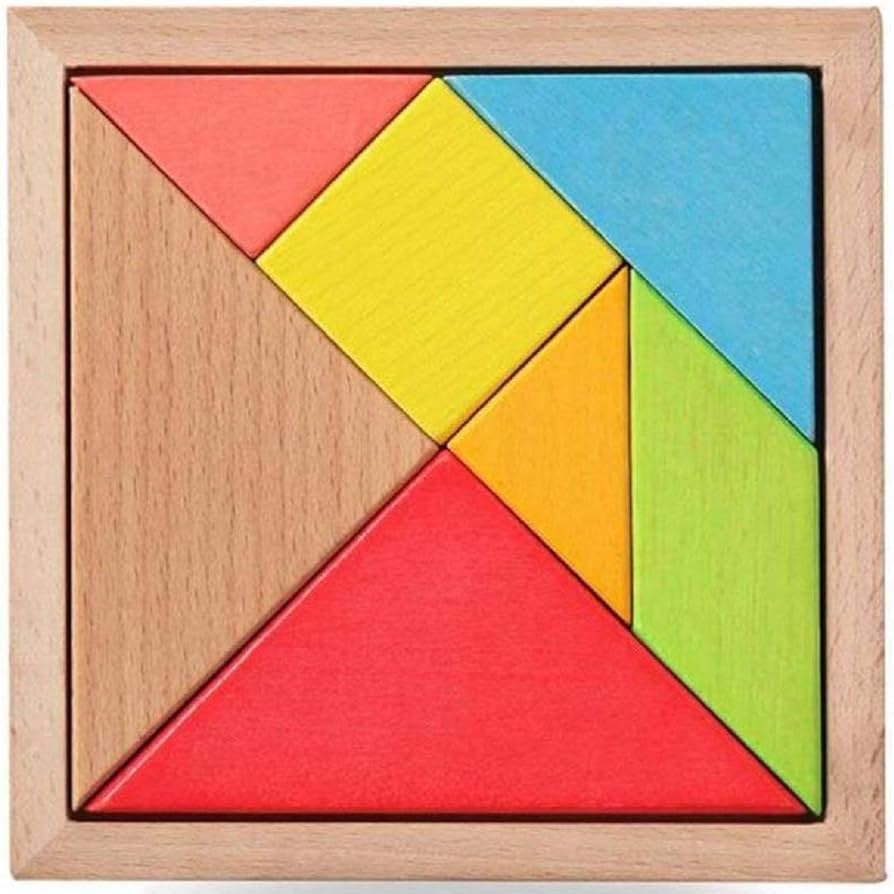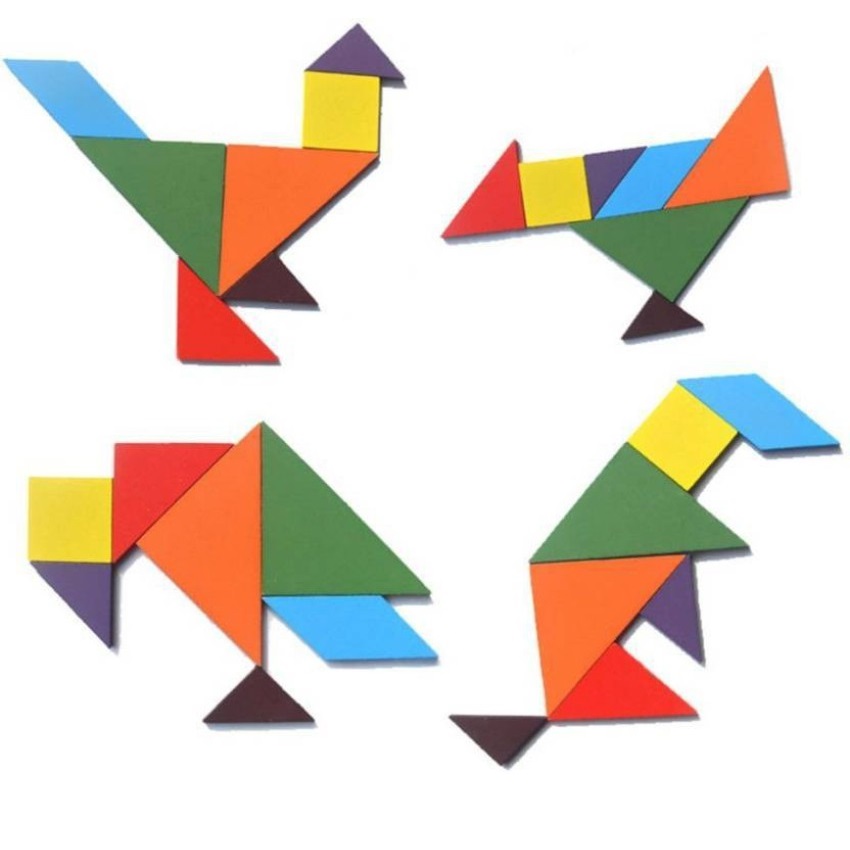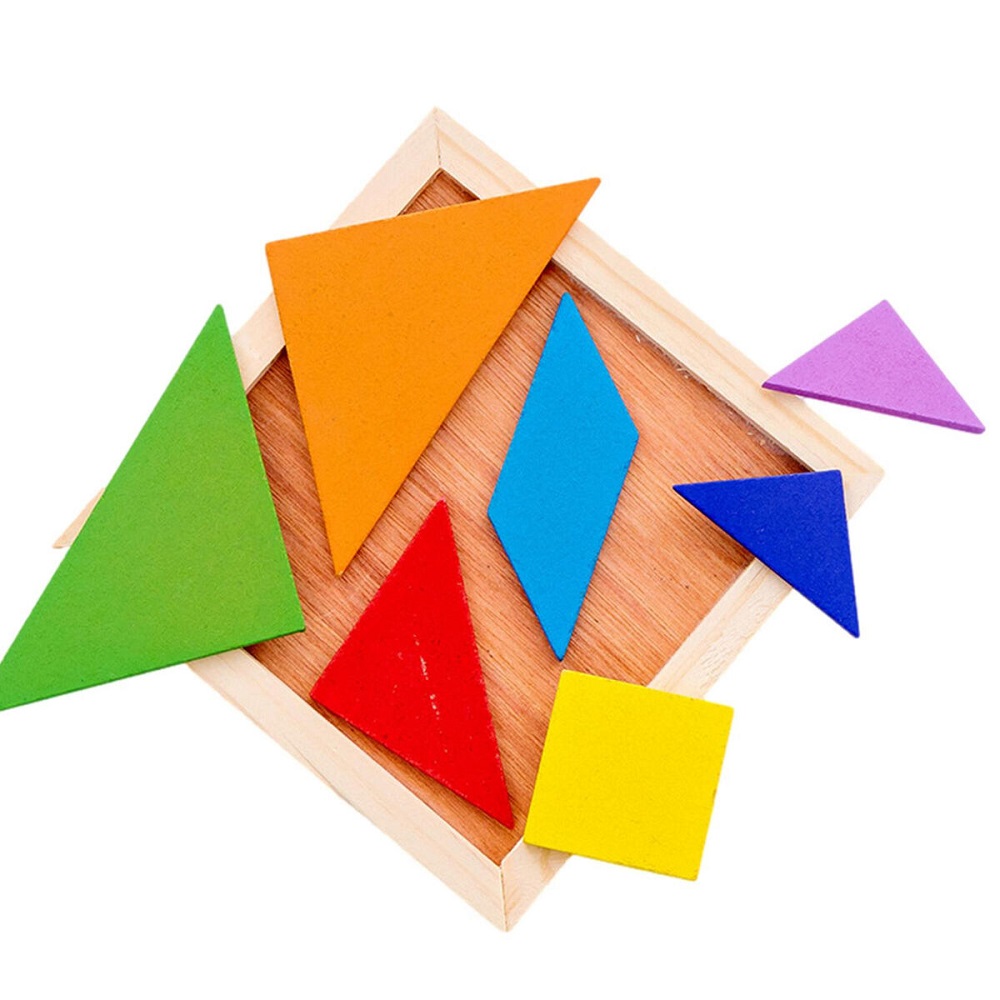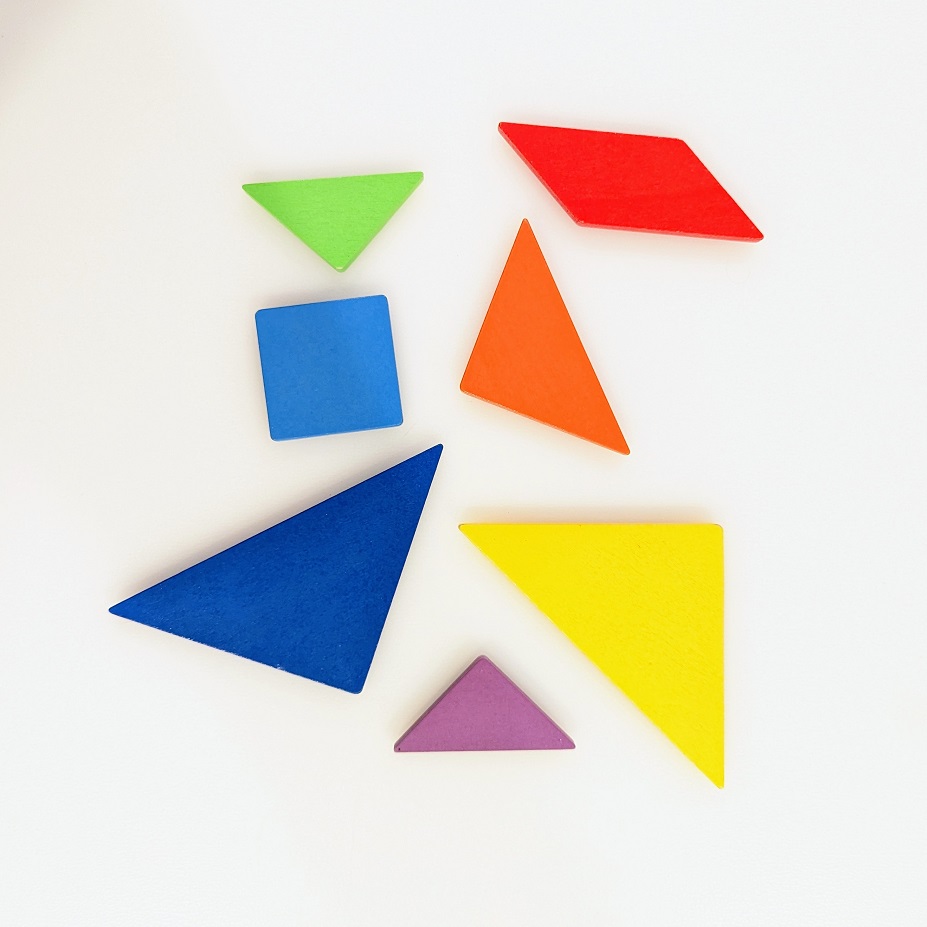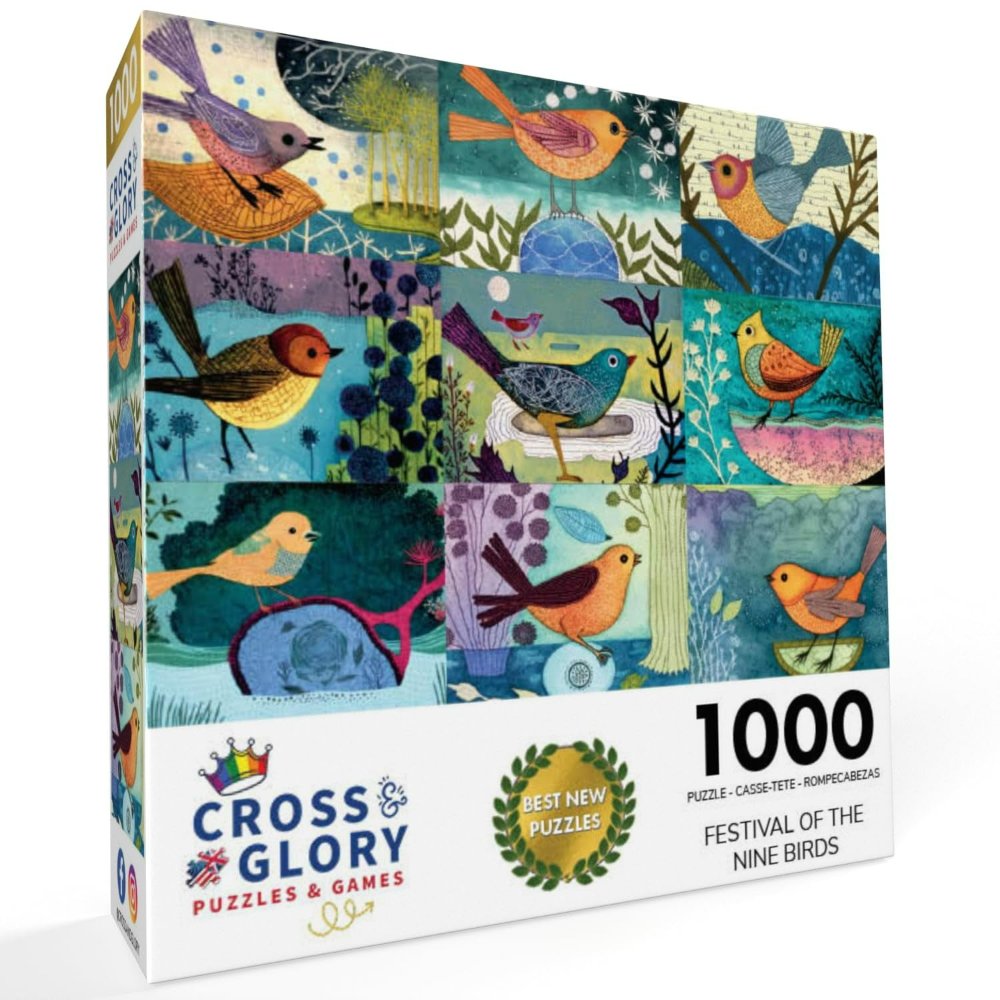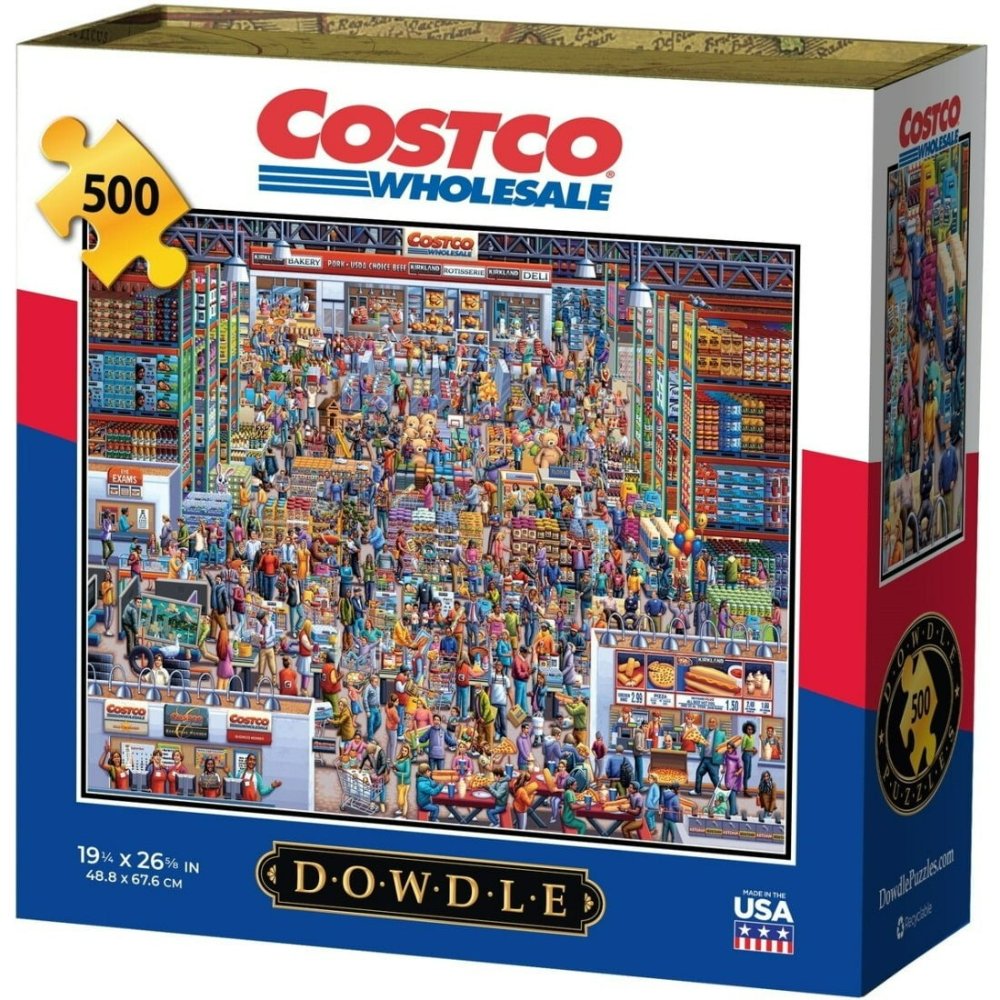Tangrams are fascinating puzzle pieces that come together to form intricate shapes and designs. The basic set consists of seven geometric pieces called tans. Each tan is a different shape, and when combined correctly, they create a wide variety of figures. This makes Tangrams both a creative and educational tool. They are not just toys; they are also excellent for developing critical thinking and problem-solving skills. Respecting their history and understanding their uses gives us a greater appreciation for these seven simple shapes.
Understanding the Seven Pieces of Tangram
The traditional Tangram set features seven unique pieces: two large triangles, one medium triangle, two small triangles, one square, and one parallelogram.
The Large Triangles
The two large triangles are the biggest pieces in the set. They can stand upright or lie flat, and they serve as the building blocks for many Tangram shapes. Their size allows them to dominate the overall design when used effectively.
The Medium Triangle
The medium triangle is smaller than the large triangles but larger than the small triangles. It adds versatility to the set because it bridges the gap between the large and small pieces. You can use it to create both complex and simple designs.
The Small Triangles
The two small triangles are the smallest pieces in the Tangram set. They are perfect for details in designs. Small triangles can fit into tight spaces and help complete a figure that is otherwise incomplete. These little pieces bring life to the larger shapes.
The Square and Parallelogram
The square adds balance to the set with its equal sides. It can serve as a base for many designs. The parallelogram, on the other hand, brings an angle that can create a sense of motion or direction in a design. Both of these shapes are essential for adding variety to the combinations.
The History of Tangrams
The origins of Tangrams are somewhat mysterious, but they are generally believed to have come from China. The earliest records date back to the Song Dynasty when Chinese scholars enjoyed challenging puzzles.
Arrival in the West
Tangrams made their way to the West in the early 19th century. A ship carrying Chinese goods docked in San Francisco. Among the cargo was a set of Tangram pieces, which sparked interest among Americans. The puzzle quickly gained popularity, leading to Tangram sets being sold in shops. People enjoyed the challenge of forming recognizable shapes from the seven tans.
Cultural Significance
In Chinese culture, Tangrams go beyond mere play. They are often used to teach geometry and spatial reasoning. Educational institutions incorporate Tangrams into their curriculum to help students understand shapes. They also have a role in fostering creativity and imagination. Families typically use them during festivals and celebrations.
The Educational Value of Tangrams
Tangrams are not just for fun; they are rich in educational value. Educators and parents alike recognize their potential for teaching essential skills.
Shape Recognition and Manipulation
Using Tangrams helps children learn about shapes. They can see how different pieces fit together to make new shapes. This increases their understanding of geometry and spatial relationships. Through manipulation, they develop motor skills. This hands-on approach keeps students engaged.
Critical Thinking and Problem Solving
Tangrams also encourage critical thinking. When children try to solve a Tangram puzzle, they must think ahead. They develop problem-solving skills as they figure out which pieces work best together. This process enhances cognitive development. It teaches them to experiment and learn from failure.
Collaborative Learning
Tangrams can be used in group settings. Students can work together to solve a puzzle or create new designs. This encourages teamwork and communication. Sharing ideas and discussing strategies helps their social skills. Children learn to respect different viewpoints and ways of thinking.
Exploring Tangram Designs
The beauty of Tangrams lies in their versatility. With just seven pieces, you can create endless designs ranging from simple figures to complex images.
Animal Shapes
Animals are one of the most popular themes in Tangram puzzles. You can create shapes like birds, cats, and dogs with the tans. For example, a classic design is a swan made of multiple tans. The large triangles form the wings, while the small triangle makes the beak. Children love to recognize and replicate animal shapes.
Human Figures
Making human figures using Tangrams opens up a world of creativity. You can design a dancer, a fisherman, or even a superhero. Large triangles can represent limbs, while the square can become the body. The pieces allow for infinite creativity when creating human forms.
Everyday Objects
Tangrams also lend themselves well to everyday objects. You can form shapes like houses, boats, or trees. These objects often provide context for learning about the world around us. For instance, building a house shape with Tangrams can lead to discussions about architecture or construction.
Abstract Designs
For those who prefer abstract art, Tangrams offer a canvas for imagination. You can combine pieces in unique ways to create abstract art. The geometric shapes allow for various interpretations. This can encourage discussions about art and creativity.
Putting Tangrams to Use at Home
Integrating Tangram puzzles into daily family life can be a fun and educational experience.
Family Game Nights
Turn your family game night into a Tangram challenge. Divide into teams and see who can create the most designs within a set time. This adds excitement to the activity. It also keeps everyone engaged while showing off their creativity.
Creative Crafting
Use Tangrams as a template for crafting. You can cut out shapes from colored paper and create your designs. This encourages kids to use their imagination and enhances fine motor skills. It’s a simple yet effective way to combine art and learning.
Digital Apps
In today’s digital age, many apps feature Tangram puzzles. These applications enhance learning through interactive play. Kids can enjoy a virtual Tangram experience while developing their skills. They become entranced by technology, blending fun with education.
Advanced Techniques for Using Tangrams
Experienced enthusiasts can elevate their Tangram game by exploring advanced techniques.
Transformations
Understanding transformations can enhance your Tangram skills. Transformations include translation, rotation, and reflection. This knowledge helps you figure out how pieces fit together in new ways. It deepens your understanding of geometry and makes the puzzle more engaging.
Pattern Recognition
Recognizing patterns is another advanced skill. Once you start seeing recurring designs, you improve your ability to predict how pieces fit. This can speed up your problem-solving time. Engaging with Tangrams in this way makes the activity more challenging and fun.
Designing Your Own Puzzles
Once you become a Tangram expert, you can try your hand at designing new puzzles. Sketch your own shapes and create guidelines for others to follow. This not only challenges you but also invites collaboration with friends and family.
Conclusion: Endless Possibilities with Tangram Shapes
In conclusion, Tangram shapes are much more than just a set of seven pieces. They are versatile tools for education, creativity, and teamwork. Whether you are a child learning shapes or an adult exploring intricate designs, Tangrams provide endless possibilities. They challenge our minds, improve our critical thinking, and ignite our creativity. So grab your set and let the exploration begin! Whether you create animals, people, or abstract art, the experience will be rewarding. Tangrams truly stand the test of time and continue to inspire new generations.
